content body
At Auburn University, students don’t just study space, they work in it.
Through the Auburn University Small Satellite Program (AUSSP), undergraduate and graduate students are on the front lines of space exploration, gaining hands-on experience designing, building and operating small satellites.
CubeSats — satellites about the size of a shoebox — have been used to study Earth’s atmosphere for more than two decades. In 2018, two CubeSats traveled beyond Earth’s orbit for the first time, following NASA’s InSight lander to Mars.
AUSSP began in 2001 as a research initiative and a workforce development program, giving students the opportunity to take CubeSats from concept to orbit. Along the way, participants build technical expertise, teamwork and confidence that set them apart.
The program’s first mission, AubieSat-1, launched in 2011, and Auburn students have been reaching for the stars ever since.

The Auburn University Small Satellite Program provides students with the opportunity to gain hands-on experience designing, building and operating small satellites known as CubeSats.
Latest mission
One of AUSSP’s most ambitious efforts is the Terrestrial RaYs Analysis and Detection (TRYAD) mission, supported by the National Science Foundation (NSF) in collaboration with the University of Alabama in Huntsville (UAH).
Auburn students designed, built and tested two CubeSats, while UAH developed the science payload in collaboration with NASA’s Goddard Space Flight Center. The mission’s science principal investigator also serves as a lead scientist on NASA’s Fermi Gamma-ray Space Telescope, which has been key in discovering and studying terrestrial gamma-ray flashes (TGFs).
Since its 2008 launch, Fermi has captured powerful gamma ray bursts from distant black holes far beyond the Milky Way and TGFs much closer to home.
Gamma rays are the most energetic form of light, typically born from events like collapsing stars or merging neutron stars. TGFs, though less intense, are triggered by lightning storms in Earth’s atmosphere.
Building on Fermi’s legacy, TRYAD aims to uncover how thunderstorms generate these massive amounts of energy in our skies.
“By flying two CubeSats over high-altitude storms and measuring the beam width of TGFs, we hope to determine how these flashes are generated and whether Earth’s magnetic field plays a role in guiding the high-energy electron beams that produce them,” explained Elizabeth McMeen, a research engineer in the Samuel Ginn College of Engineering’s Department of Electrical and Computer Engineering.
Auburn’s CubeSats will carry out the TRYAD mission and head to low Earth orbit — about 310 miles up — this fall aboard the SpaceX Falcon 9 rocket.
Student success
Auburn students are vital to all AUSSP initiatives, transforming their classroom knowledge into hands-on innovation.
They receive guidance from faculty mentors — like Mike Fogle, the Howard Earl and Carolyn Taylor Carr Professor of physics in the College of Sciences and Mathematics, and Mark Adams, the Godbold Professor of electrical and computer engineering, who, for TRYAD, provided the framework for the satellites’ design.
But students brought the project to life — shaping ideas, building prototypes and designing key subsystems from mechanical structures and electronics to software and communications.
They even developed the Auburn University Ground Station, which students will operate to command the satellites and receive data from orbit.
“Students rigorously tested the satellites to meet strict launch provider guidelines, ensuring structural integrity and mission success,” McMeen noted.
TRYAD is just one of Auburn’s current space endeavors.
Students in the Small Satellite Program (SSP), a student-led organization mentored by AUSSP faculty, are working with an industry partner to design a CubeSat that will test a deployable boom for expedited deorbiting — taking a satellite out of orbit at the end of its operational life. This project tackles the growing challenge of orbital debris and demonstrates Auburn’s commitment to sustainable space operations.
AUSSP is also developing CubeSats in support of defense technology advancement and qualification needs, giving students invaluable opportunities to contribute to national security while gaining experience in high-impact missions.

The Auburn University Small Satellite Program provides students with the opportunity to gain hands-on experience designing, building and operating small satellites known as CubeSats.
Innovation pipeline
Fogle and Adams believe the strength of the program lies in its layered approach. SSP serves as an entry point for students to learn the fundamentals of spacecraft design, teamwork and project execution.
Those who demonstrate readiness advance to AUSSP, the research and development arm, where they take on funded missions sponsored by NASA, NSF, the Department of Defense and industry partners.
The results speak for themselves as program alumni are highly sought after by leading aerospace companies, defense laboratories and research institutions.
“We’ve seen great success with our students,” Fogle said. “AUSSP gives them the experience and confidence to hit the ground running.”
For Auburn, the impact is twofold — advancing science and technology while shaping the next generation of leaders in the space industry. Each mission contributes new knowledge, innovative systems and national capabilities.
But the true legacy of the program is its students — proof that the Auburn spirit of innovation is reaching higher than ever before.





